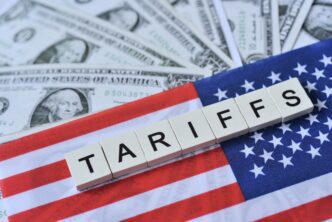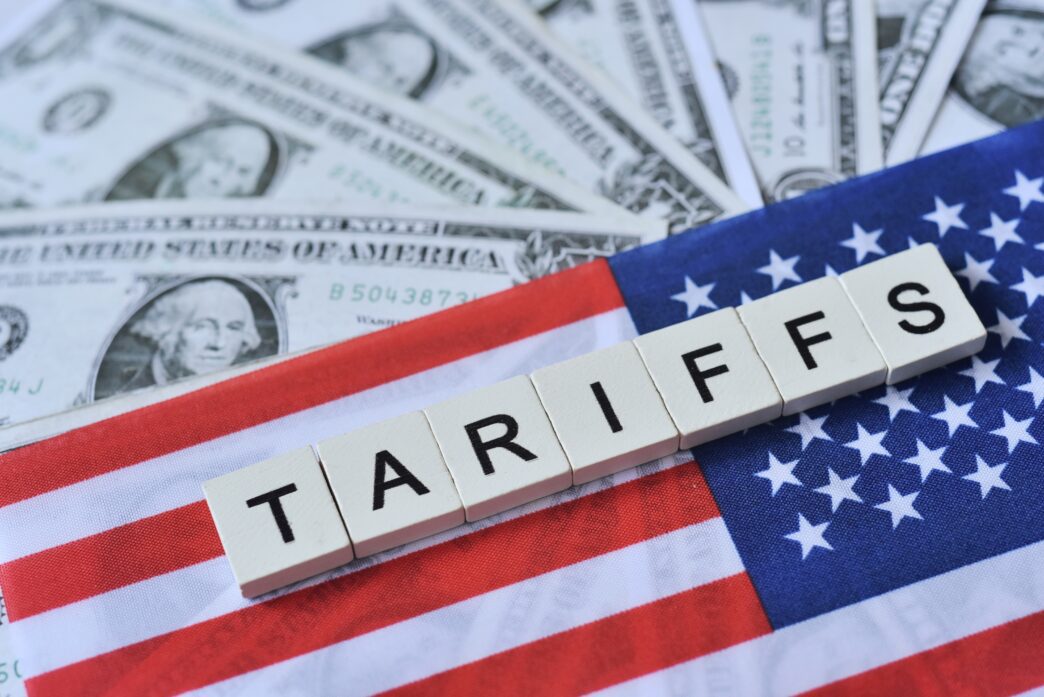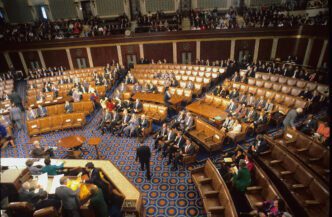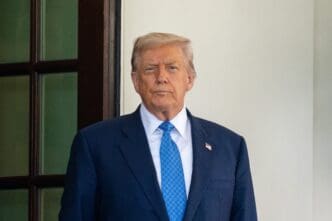Executive Summary
The Story So Far
Why This Matters
Who Thinks What?
The Supreme Court is set to hear oral arguments Wednesday in a significant case challenging President Donald Trump’s extensive emergency tariffs, which have broad implications for both the global economy and the scope of presidential power. The justices will examine the legality of duties imposed under the 1970s-era International Emergency Economic Powers Act (IEEPA), a statute Trump has utilized for tariffs on imports from China, Mexico, Canada, and other “Liberation Day” duties. This review could determine the fate of billions of dollars in collected revenue and establish crucial limits on executive authority.
Legal Battle Over Presidential Authority
The case represents one of the most substantial economic disputes to reach the nation’s highest court in years. It centers on the authority of a president to levy such duties, with the administration and challenging businesses presenting starkly different interpretations of federal law.
At the heart of the legal battle is the interpretation of the word “regulate” within IEEPA. The Trump administration asserts that the law, which allows a president to “regulate… importation” during emergencies, explicitly grants the power to impose tariffs as a common form of import regulation. Conversely, small- and medium-sized businesses challenging the tariffs argue that IEEPA does not explicitly mention “tariffs” or “duties,” suggesting it was intended for sanctions rather than broad import taxes.
These businesses highlight the existence of other laws specifically designed for raising tariffs to address trade imbalances, which include explicit limits that IEEPA largely lacks. Lower courts have consistently ruled against Trump in related cases, though with varying rationales regarding the extent of presidential tariff authority.
The Major Questions Doctrine
A key aspect for the conservative-majority court will be how it applies the “major questions doctrine,” a principle it has frequently invoked to curb President Joe Biden’s executive actions lacking explicit congressional authorization. Opponents of Trump’s tariffs contend this doctrine should apply, given IEEPA’s omission of the word “tariff” and the significant economic impact.
The Trump administration, however, seeks to differentiate its case by arguing that the earlier rulings involved agency actions, not presidential authority, and that tariffs relate to foreign affairs, an area where presidents traditionally have more latitude.
Historical Precedent and Congressional Intent
The administration also points to a historical precedent, citing President Richard Nixon’s 1971 imposition of a 10% tariff on all imports, justified under the Trading with the Enemy Act—a precursor to IEEPA with identical “regulate” language. A federal appeals court approved Nixon’s tariffs at the time.
Businesses challenging Trump counter that while Congress retained the “regulate” language in IEEPA, it subsequently passed laws with clear instructions and limits on a president’s unilateral tariff-imposing power for trade imbalances, which Trump has bypassed.
Tariff or Tax?
Another contentious point is whether tariffs should be considered a “tariff” or a “tax.” Businesses challenging the tariffs argue they are effectively a tax, primarily borne by American companies and consumers, and therefore fall under Congress’s constitutional power to levy.
The Justice Department, representing the Trump administration, strongly disputes this, characterizing them as “regulatory tariffs” on foreign imports designed to address foreign threats, fundamentally different from domestic taxation.
Administration’s Rhetoric
The Justice Department has employed strong rhetoric, cautioning the justices that a ruling against the administration could lead to “catastrophic” and “ruinous” outcomes, potentially causing “dangerous diplomatic embarrassment” and “America’s decline into a vassal state.” This language aims to underscore the perceived practical implications of the court’s decision.
Opposing states have criticized this “hyperbolic rhetoric,” echoing past conservative judicial opinions that emphasize Congress’s role in taxation over presidential executive overreach. President Trump will not be attending the oral arguments in person.
Looking Ahead
The Supreme Court’s deliberations on President Trump’s tariffs extend beyond a single policy, encompassing fundamental questions about the balance of power between the executive and legislative branches and the interpretation of emergency economic statutes. The outcome will not only impact current trade policies and substantial revenues but also set a significant precedent for future presidential actions in economic and foreign affairs.








